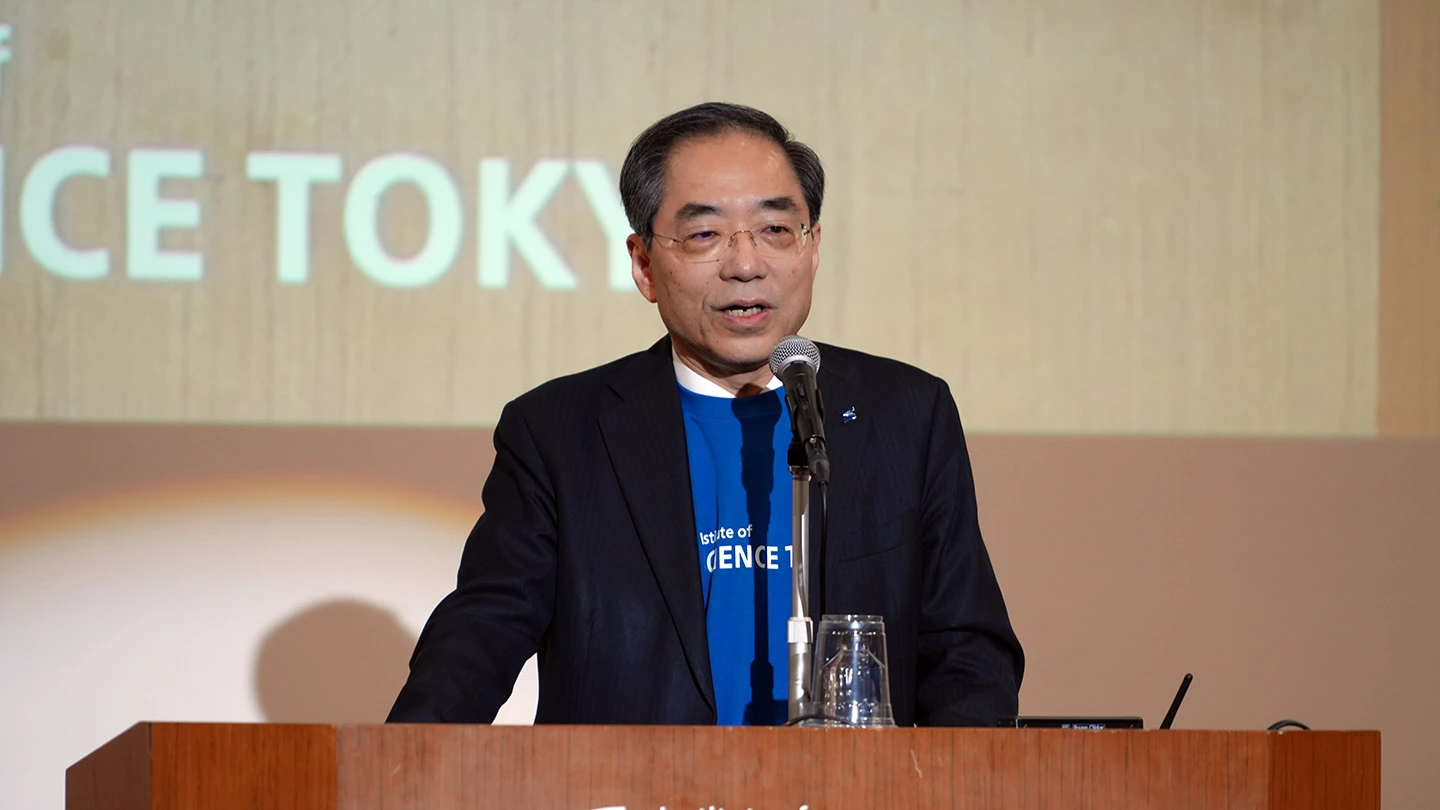Science Tokyo Founding Symposium: What is Science?
New Institute-wide vision-driven integrated research framework unveiled
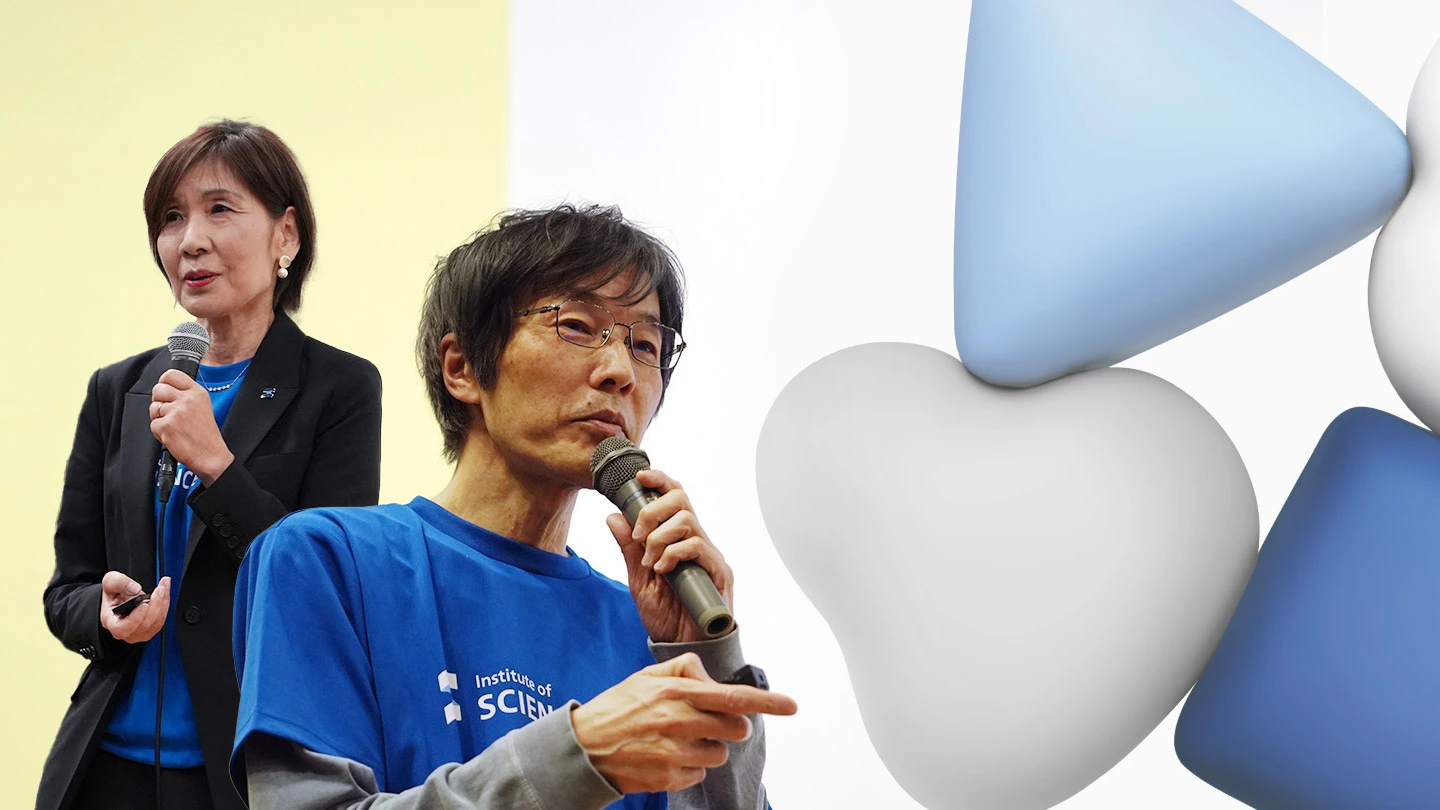
Institute of Science Tokyo (Science Tokyo) held the Science Tokyo Founding Symposium, “What is Science?” on April 15 at Science Tokyo Front. With the introduction of the Visionary Initiatives (VIs) framework — a bold shift from vertically divided disciplinary fields such as medical and dental sciences, science and engineering, informatics, and liberal arts, to a cross-disciplinary approach — this symposium served as a platform to explore new perspectives on science beyond conventional frameworks and envision a future where value is created in collaboration with society.
The symposium was structured into two parts. The first session featured a panel discussion about what science means to Science Tokyo, and how participants can rethink the concept of “science.” The second session introduced the VI approach, a newly launched framework by the Institute, which inspired discussions on how to create new value in collaboration with broader society.
The event brought together over 700 participants in a hybrid format, including students, faculty and staff, and alumni of the Institute, as well as individuals from other universities, research institutions, and private companies, parents of current students, government officials, and high school students.
Opening address
President and CEO introduces Visionary Initiatives
The symposium began with an opening address from President and Chief Executive Officer (CEO) Naoto Ohtake. Ohtake shared the inspiration behind the VIs, stating that as society undergoes significant change, vision-driven interdisciplinary research has the potential to engage broader communities and expand the scope of scientific research.
Six months after its establishment in October 2024, Science Tokyo announced that it would implement its VIs, which form a research framework driven by a vision of a better, brighter future, across the Institute starting in April 2025. The VIs represent a significant transformation from a discipline-based research structure into a cross-disciplinary approach. Science Tokyo aims to gradually involve all its approximately 1,800 full-time researchers in one or more of its VIs. This will accelerate integrated research, boost collaboration in fields such as medicine and engineering — one of the goals of the merger between Science Tokyo’s predecessor universities — and create an ecosystem that generates innovations together with diverse partners and organizations across society.
Graduate-level education will also be firmly linked to VI activities. The Institute will develop its current cross-disciplinary courses and aims to launch VI-based graduate-level programs by FY 2028.
During his message, Ohtake invited participants to reflect on the essence of science and envision the kind of society that can be realized by expanding the frontiers of scientific research.
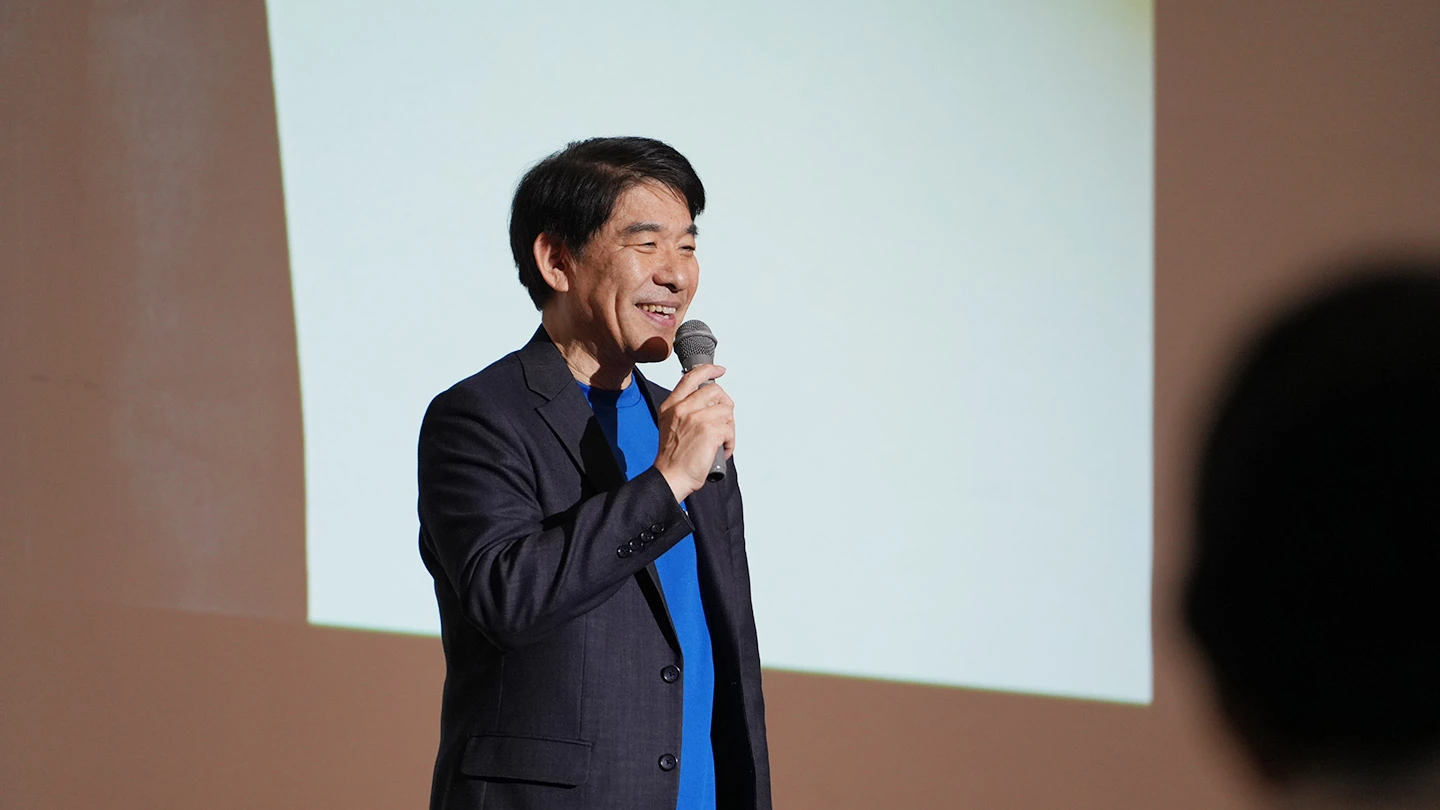
Guest address
Mizue Shiomi, director-general of the Research Promotion Bureau at the Ministry of Education, Culture, Sports, Science and Technology (MEXT), expressed high expectations for Science Tokyo as a globally engaged university. She emphasized the importance of interdisciplinary collaboration and co-creation with broader society in pushing the boundaries of scientific discovery.
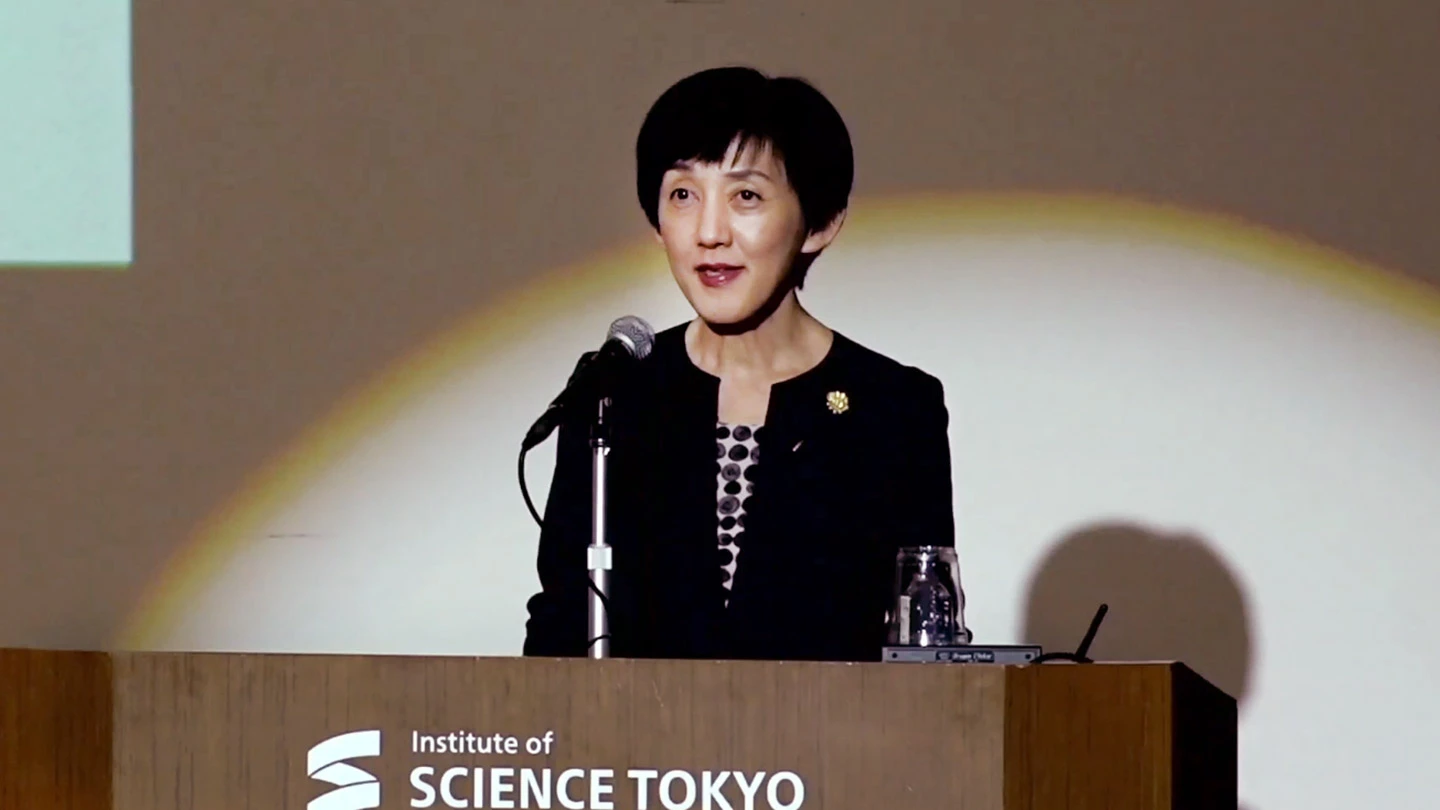
Video messages from international partner institutions
The symposium also featured video messages from overseas universities and organizations that already had ties with Science Tokyo’s predecessor universities before the merger, with expectations for even closer partnerships moving forward. Representatives from the National Science and Technology Development Agency (NSTDA) of Thailand, Massachusetts Institute of Technology (MIT), and RWTH Aachen University (RWTH) expressed their support and high expectations for the new Science Tokyo, recognizing its potential to create profound global impact.
NSTDA President Sukit Limpijumnong extended his congratulations, stating that he was honored to witness this pivotal moment in the advancement of science and technology, particularly in the seamless integration of engineering and the medical and dental sciences.
Professor Michael A. Cusumano of MIT Sloan School of Management stressed the need to think outside and combine traditional academic disciplines when applying cutting-edge technologies. He also highlighted the importance of embracing failure as a learning opportunity, treating it as an experiment rather than a setback. Looking ahead to the new university’s future, he underscored the need to build an educational system and culture that ensures the success of startups and new businesses.
Rector Ulrich Rüdiger of RWTH emphasized the strong synergy between the two universities in shaping research profiles and advancing strategic developments through the bridging of engineering and medical sciences. He reaffirmed the significance of the Science Tokyo-RWTH partnership and expressed RWTH’s commitment to close collaboration and support for Science Tokyo’s growth and future initiatives.
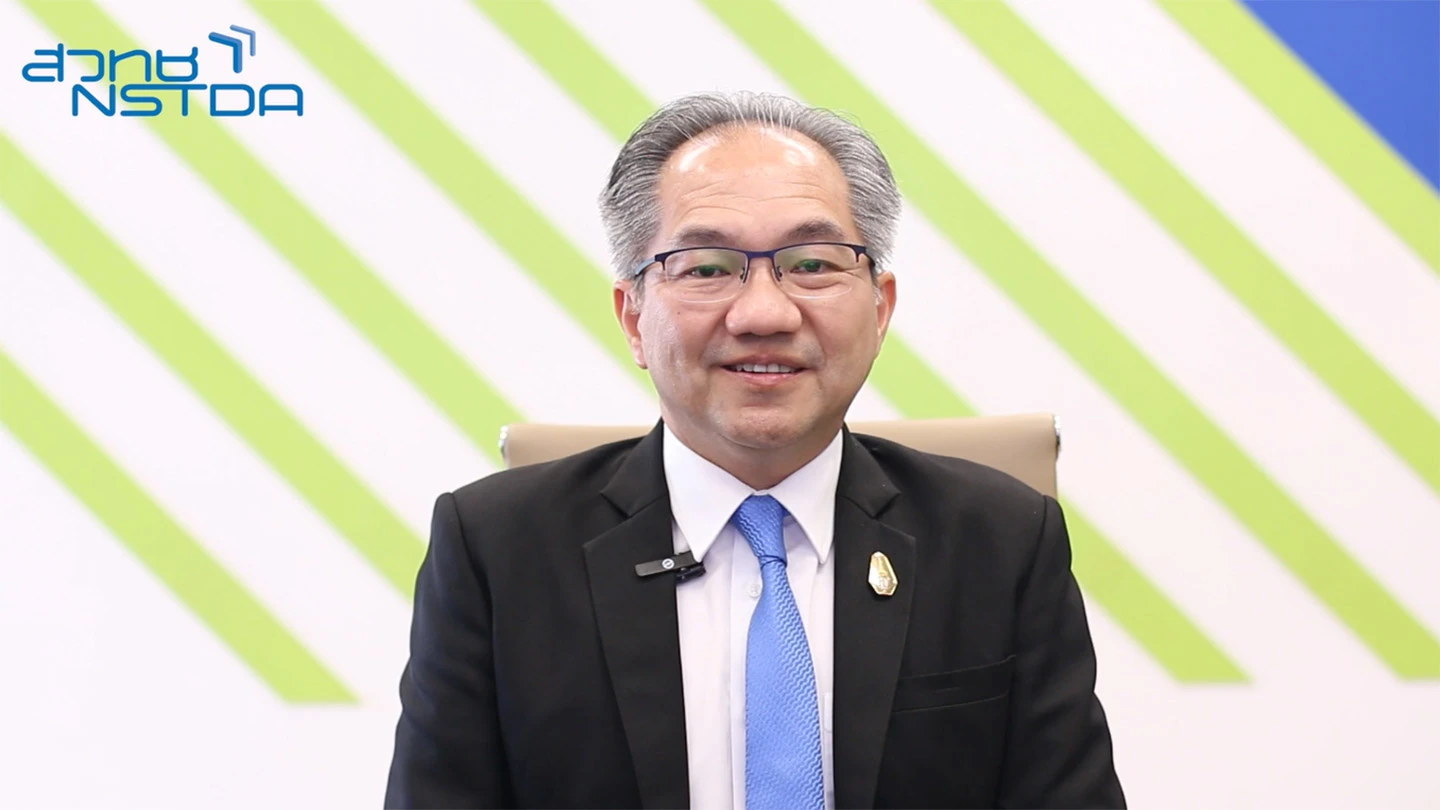
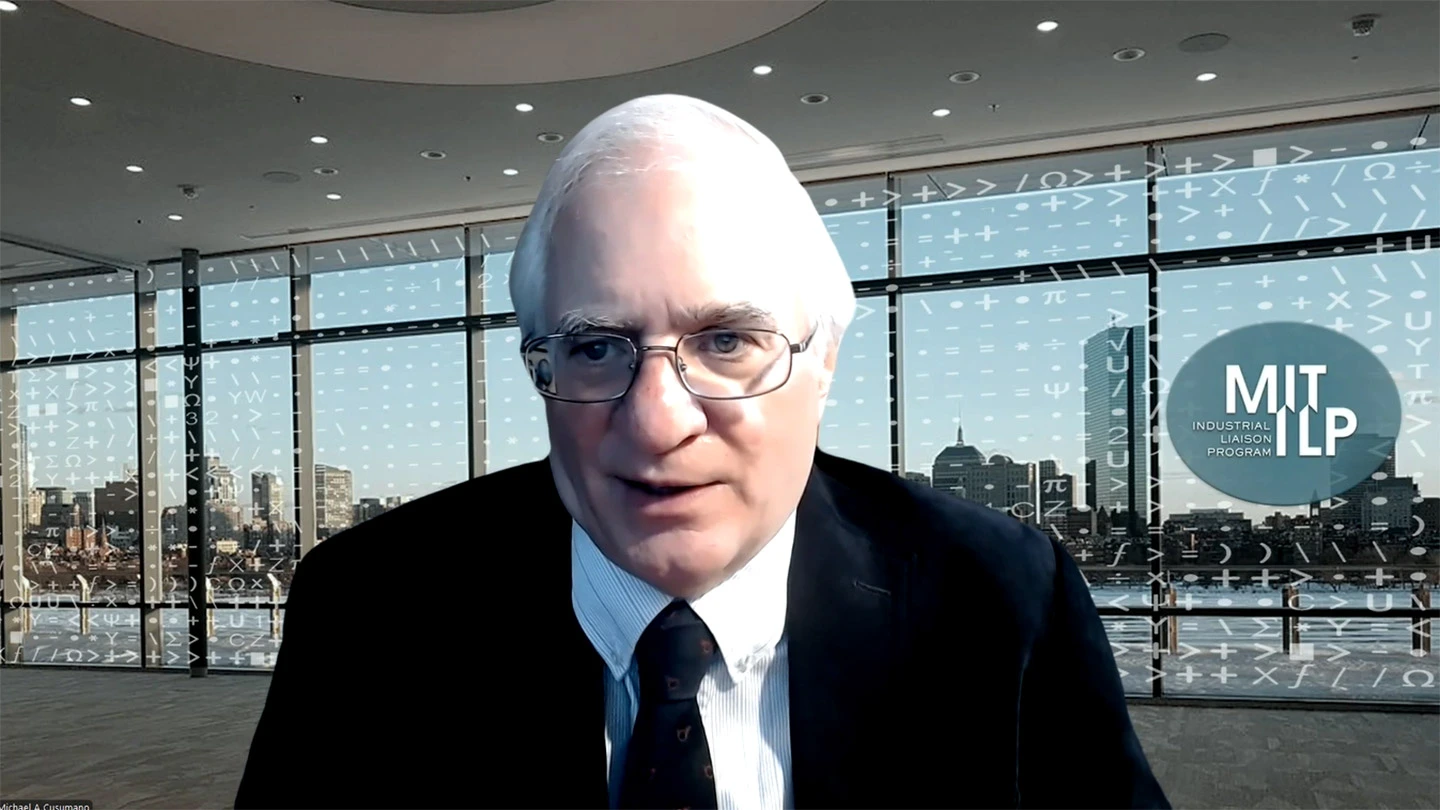
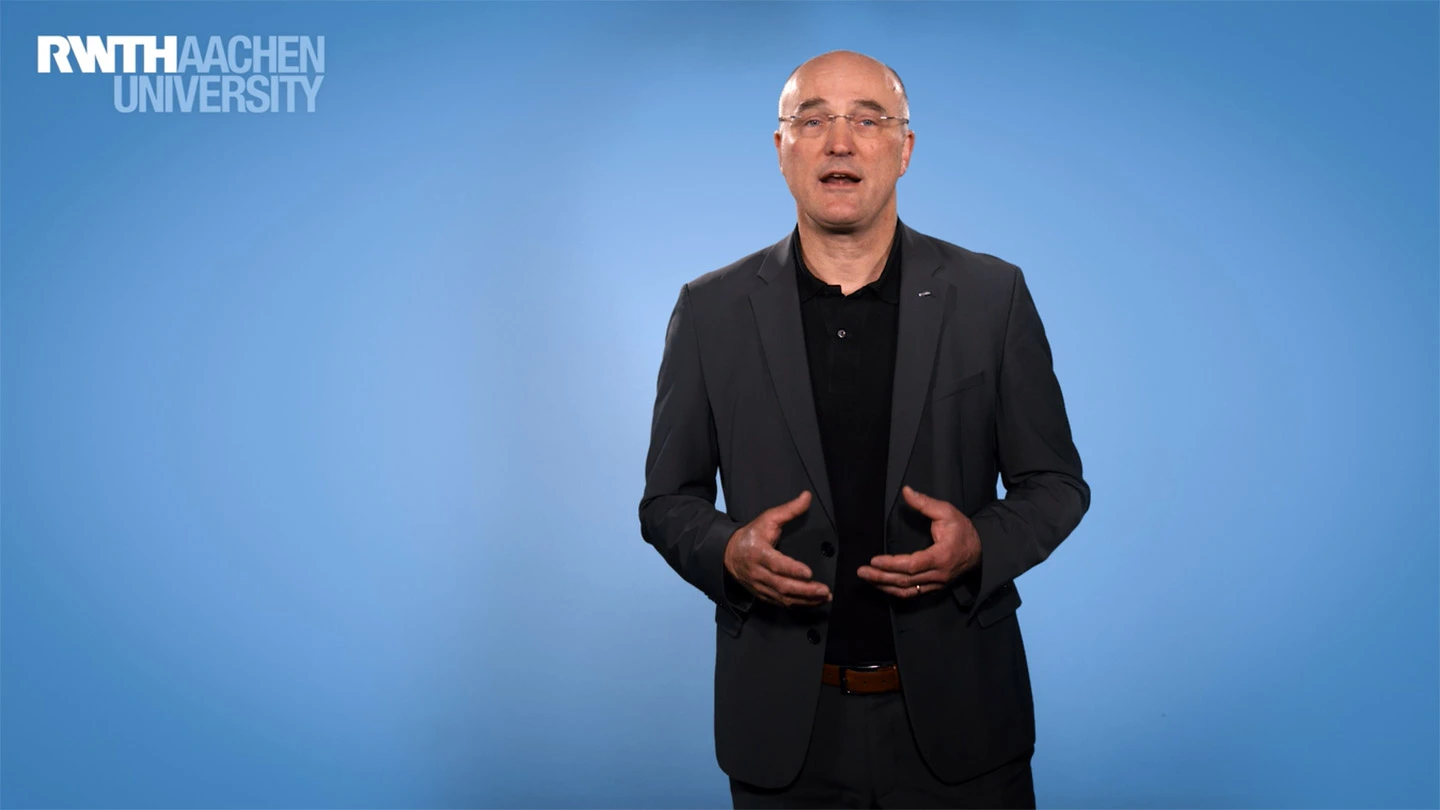
Part 1: What does science mean to Science Tokyo? — Panel discussion —
The panel discussion during Part 1 of the symposium was facilitated by Tetsushi Furukawa, Science Tokyo’s executive vice president for institute strategy and executive vice president for research and industry-academia-government collaboration. The session began with his thought-provoking question: “What kind of science do we want to develop moving forward?” Each of the three panelists then shared their own perspectives on science.
Professor Asa Ito of the Institute for Liberal Arts (ILA) introduced topics such as anti-science movements in society, fairness in science, and the presence of AI scientists, raising concerns about how the significance of science is being shaken in the current landscape.
Professor Takeo Fujiwara of the Department of Public Health at the Graduate School of Medical and Dental Sciences introduced, using examples, three key research areas that remain underexplored in modern public health science: a science that dynamically explores relationships between society and individuals as well as among people themselves, a science that uncovers heterogeneity rather than relying on averages, and a science that focuses on the role of time-related factors.
Professor Yasuhito Sekine of the Earth-Life Science Institute (ELSI) at the Institute of Future Science discussed the current state of modern space research while sharing his dream of discovering extraterrestrial life. Space exploration requires the integration of research across all disciplines. As a convergence scientist working in that field, he revealed his ambitious vision of sending humans to Mars and establishing a society there.
Building on the definitions of “science” presented by the three panelists, the discussion expanded to cover topics such as communication theory, generative AI and energy issues, and the significance of human habitation in space.
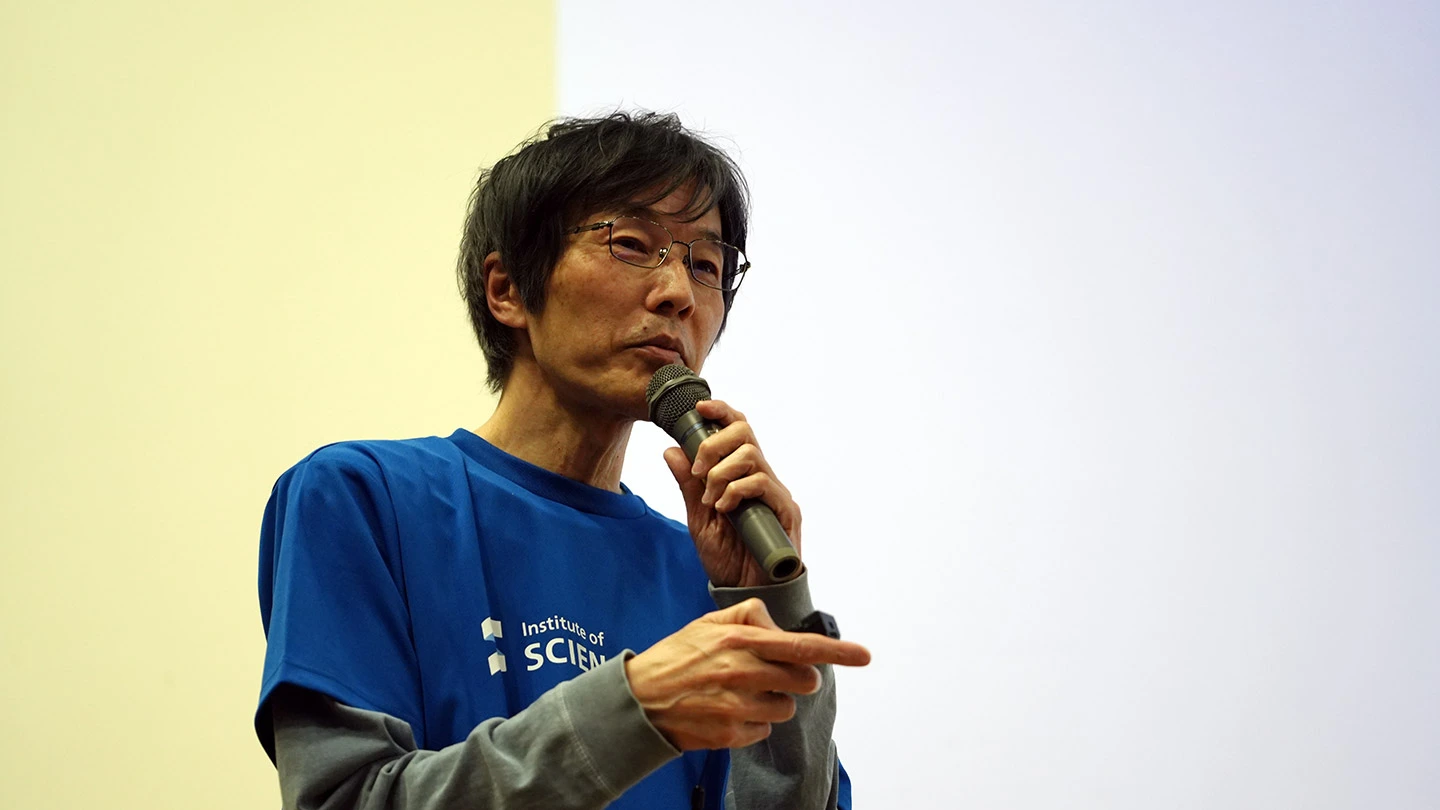
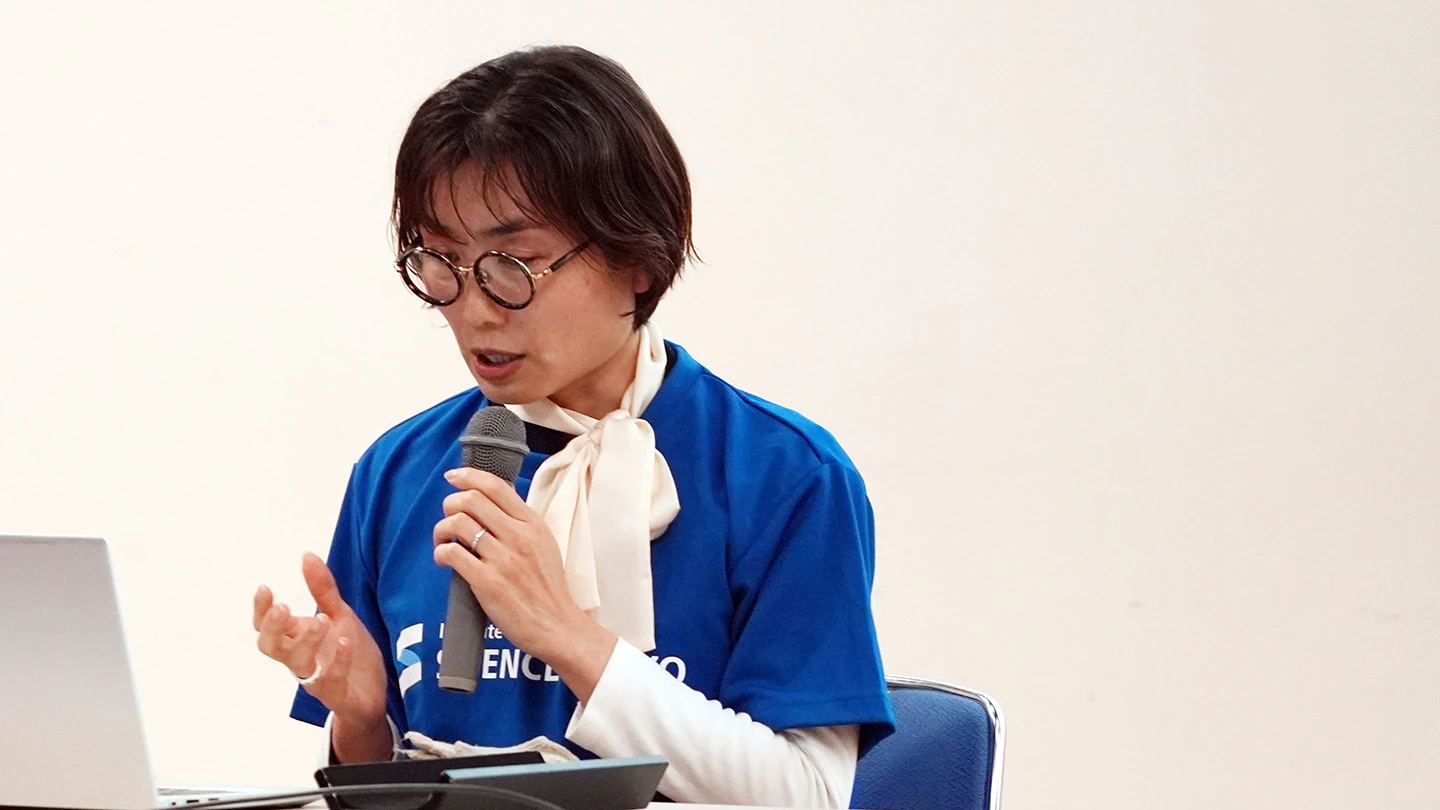
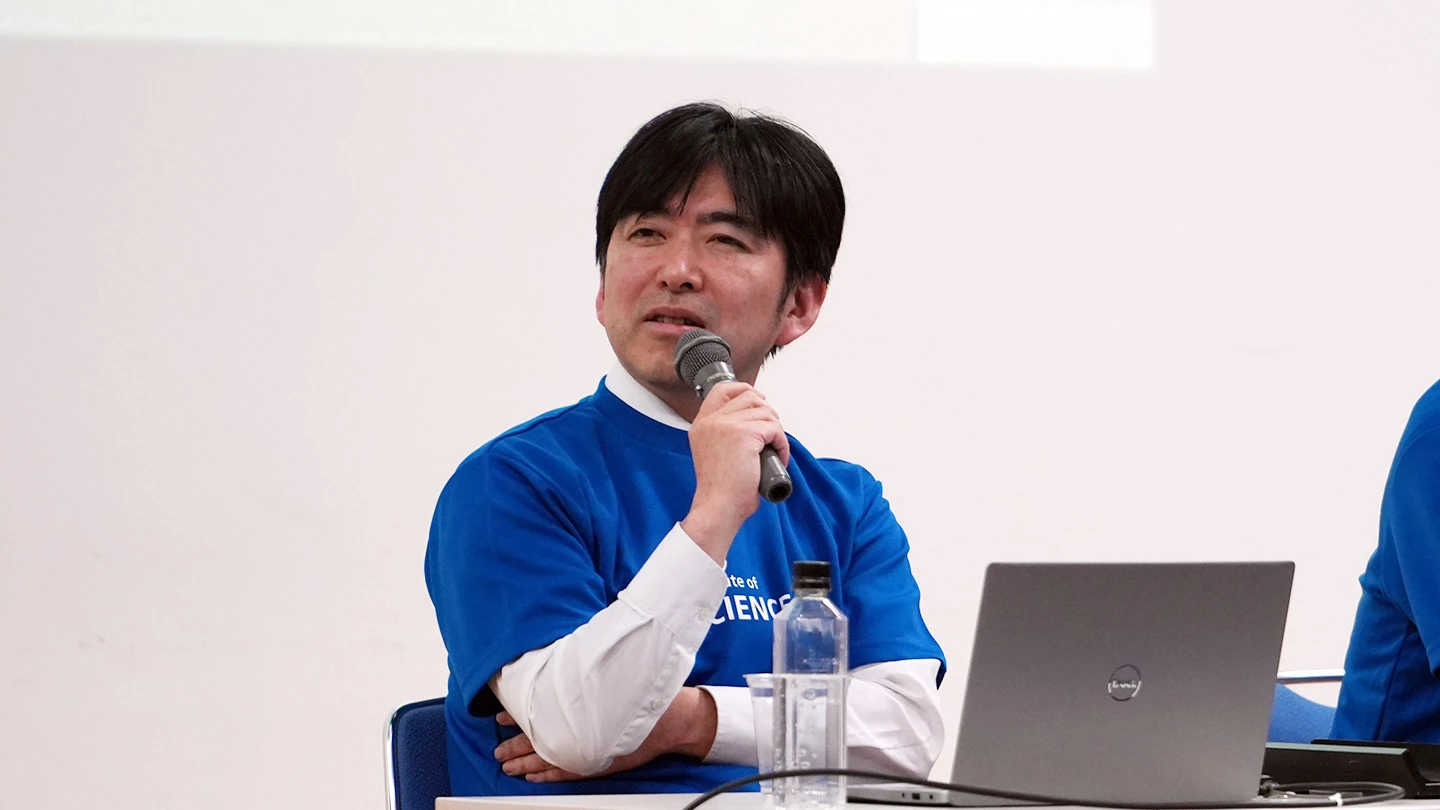
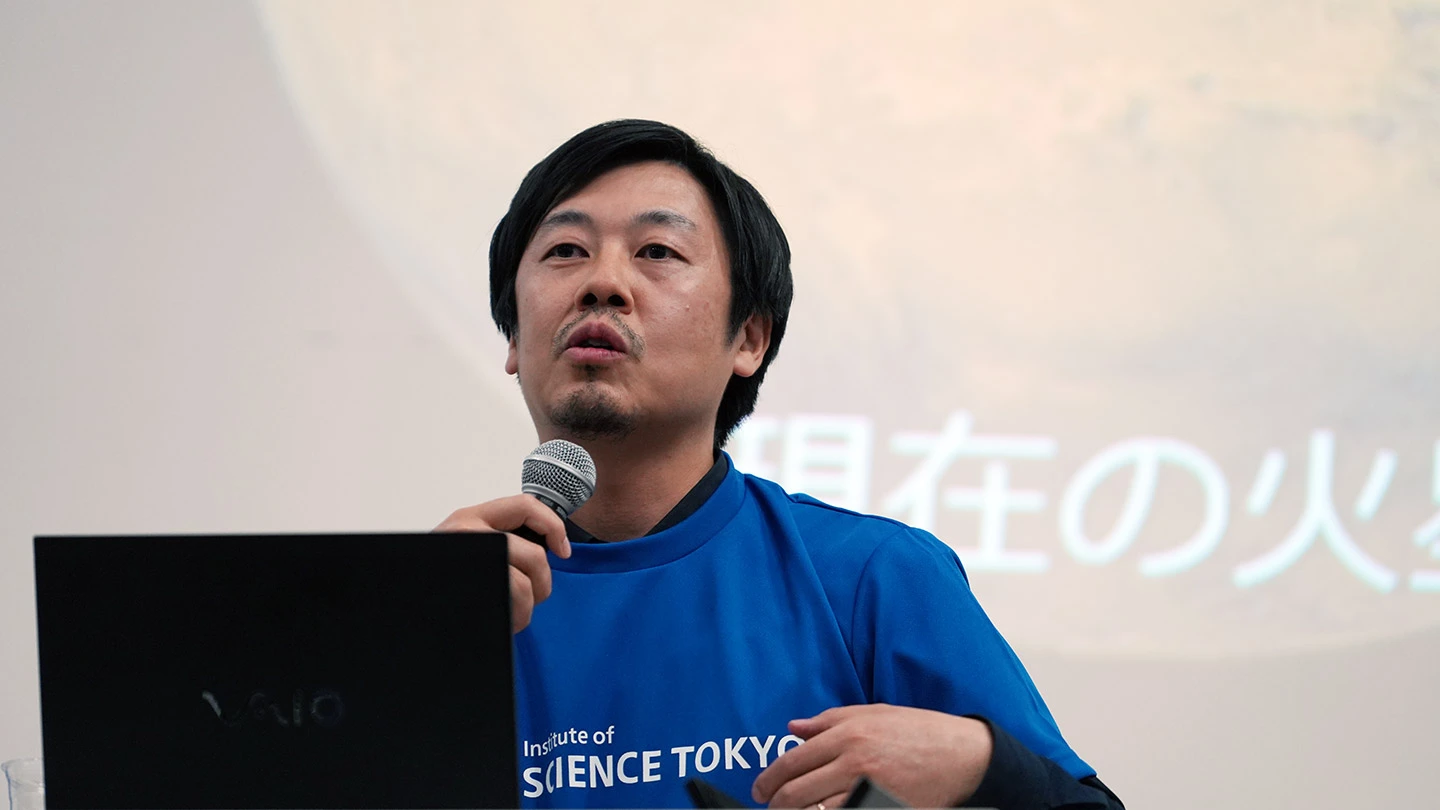
Part 2
Co-creating a better future through the Visionary Initiatives
The second part of the symposium focused on the newly introduced cross-disciplinary research framework formed by the VIs. Mutsuko Hatano, executive vice president for research and industry-academia-government collaboration, began the session and provided an overview of VIs.
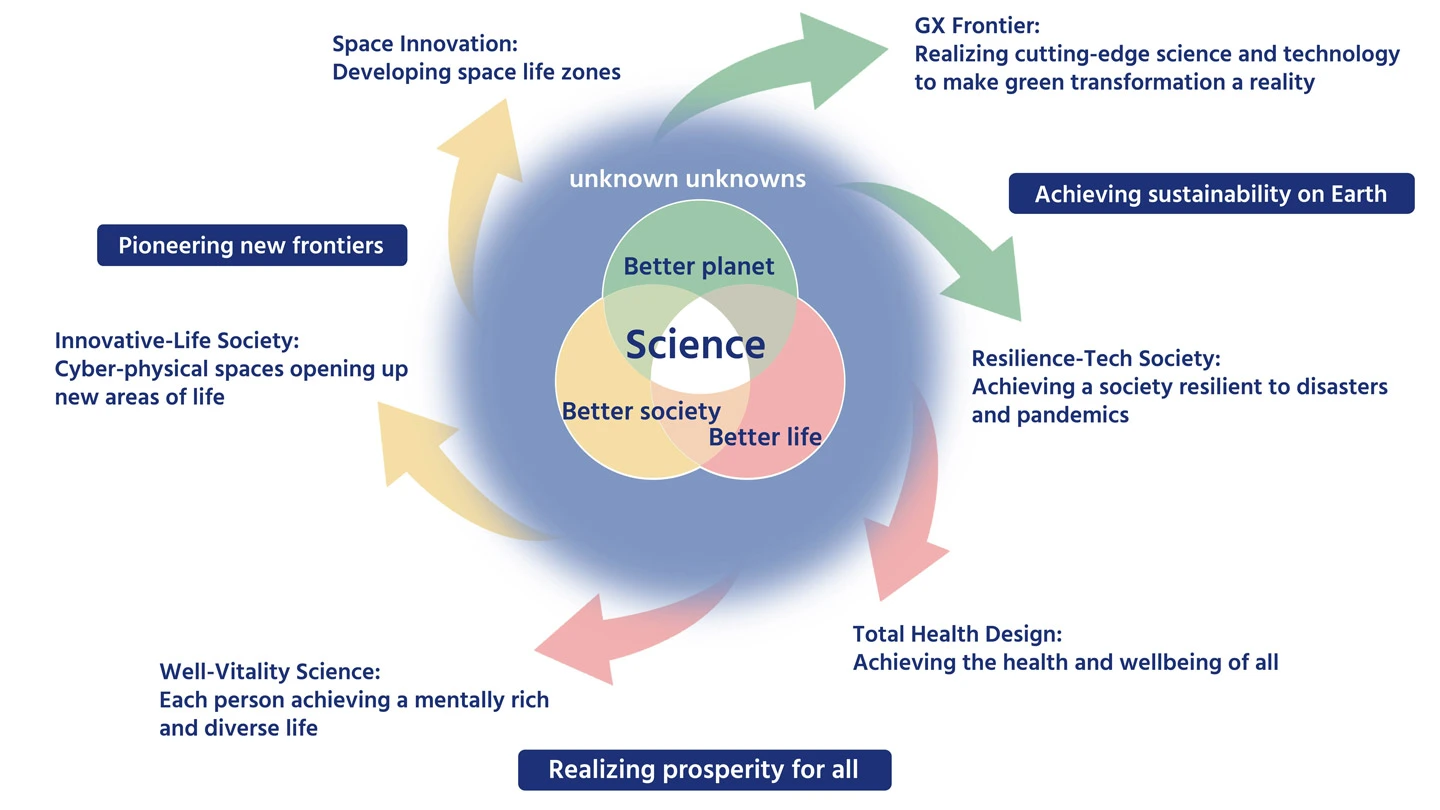
Hatano stated that Science Tokyo has defined its vision for societal transformation through a threefold vision— a better life, a better society, and a better planet. To achieve its goals in both research and education, the Institute has introduced the VIs as a research framework. Hatano explained that Science Tokyo aims to accelerate cross-disciplinary research, such as collaborations between medicine and engineering, which has been a central focus since the merger. Through its VIs, the Institute seeks to build a new ecosystem for innovation generation in collaboration with various organizations across society.
The three program directors (PDs) overseeing the VIs then presented on the prospects of their research.
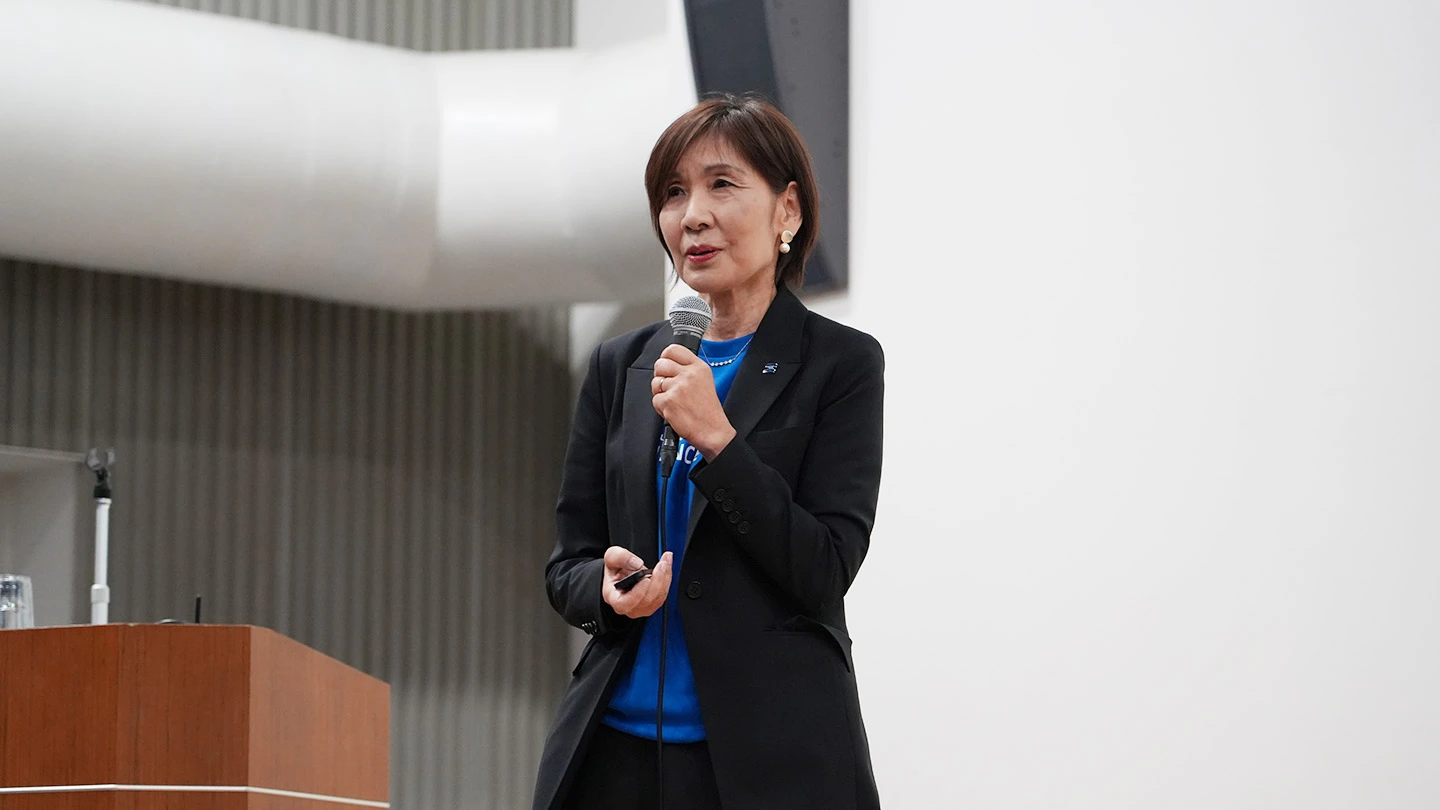
Visionary Initiative H1: Total Health Design — Achieving the health and wellbeing of all

Professor Fumihiko Ishikawa from the Graduate School of Medical and Dental Sciences spoke about medical-engineering collaboration to overcome disease and shared a vision for the future, aiming to realize science that truly enhances human wellbeing. He showcased a vision for improving quality of life and wellbeing through medical sensing technology for prevention and treatment using domestically produced materials, cutting-edge treatment for intractable diseases through collaborations between doctors and engineers using robots and AI, and a future in which the treatments developed will be made available worldwide to eliminate disparities in medical care. he emphasized that ongoing research is actively driving this vision of supporting global health.
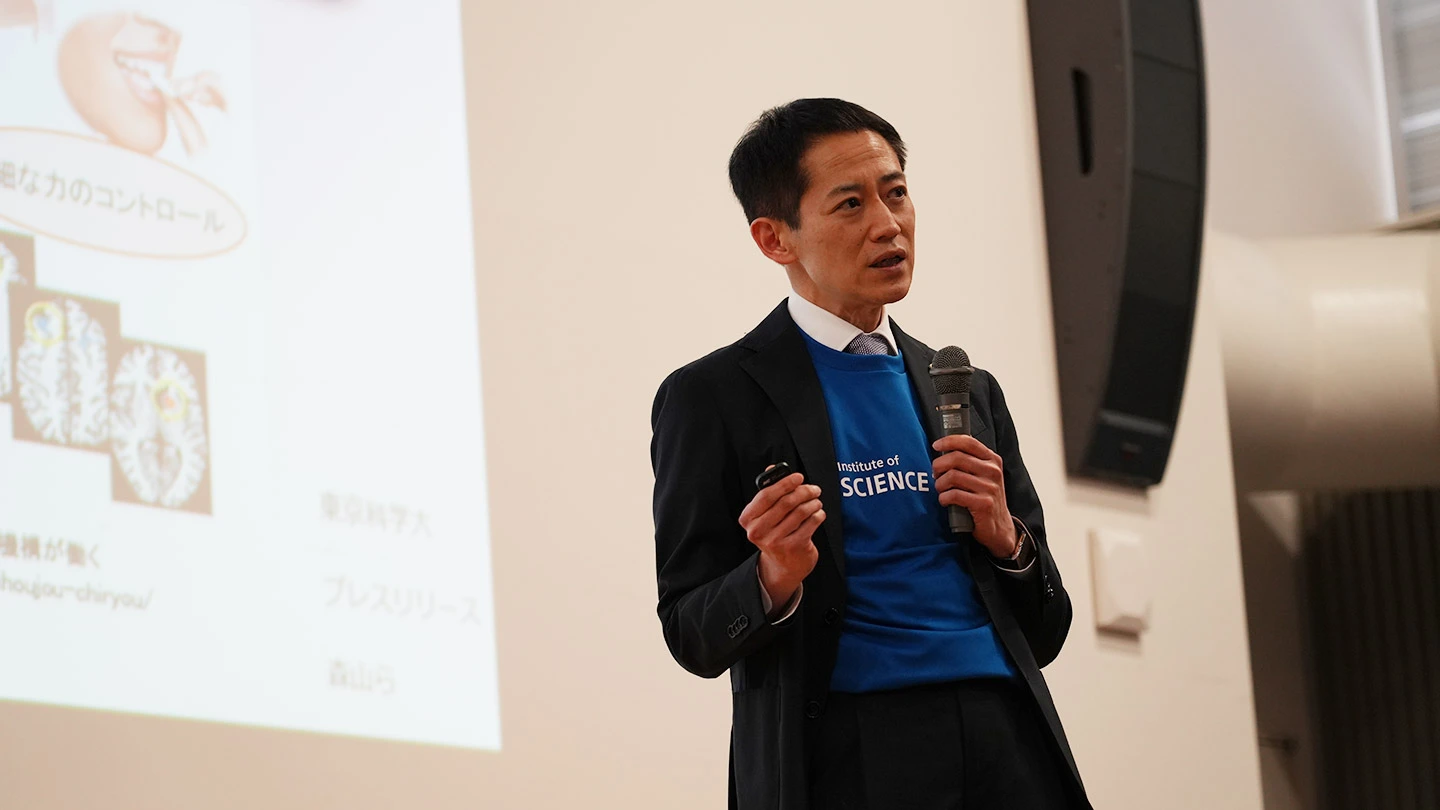
Visionary Initiative S1: Innovative-Life Society — Cyber-physical spaces opening up new areas of life
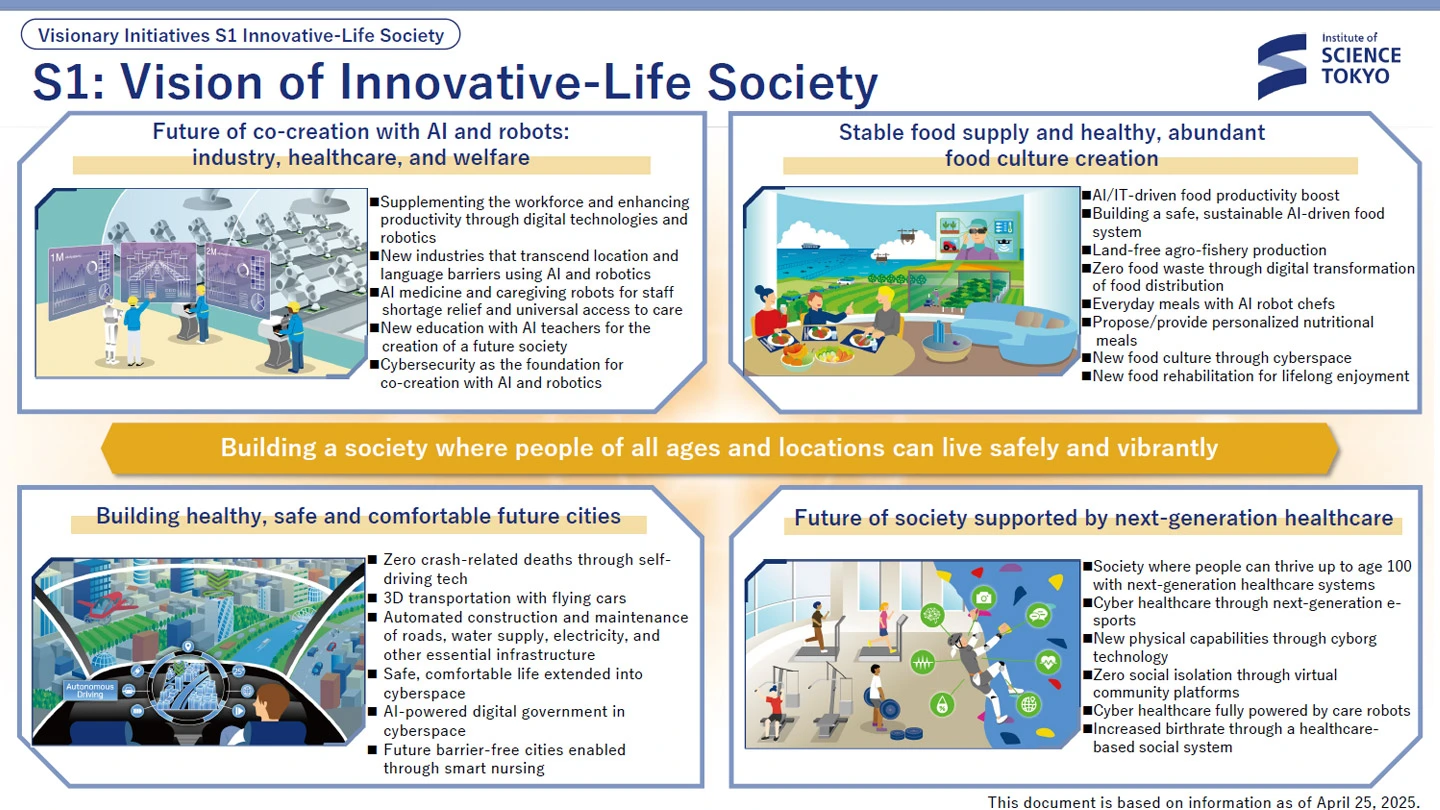
Professor Kei Sakaguchi from the School of Engineering presented key technologies essential for making desirable future societies a reality, citing research examples in autonomous driving, digital twins, and medical robotics. As a concrete case of ecosystem formation, he highlighted the Suruga Bay Smart Ocean Field, showcasing advancements in smart logistics, smart fisheries, and sustainable ocean initiatives that are steadily progressing.
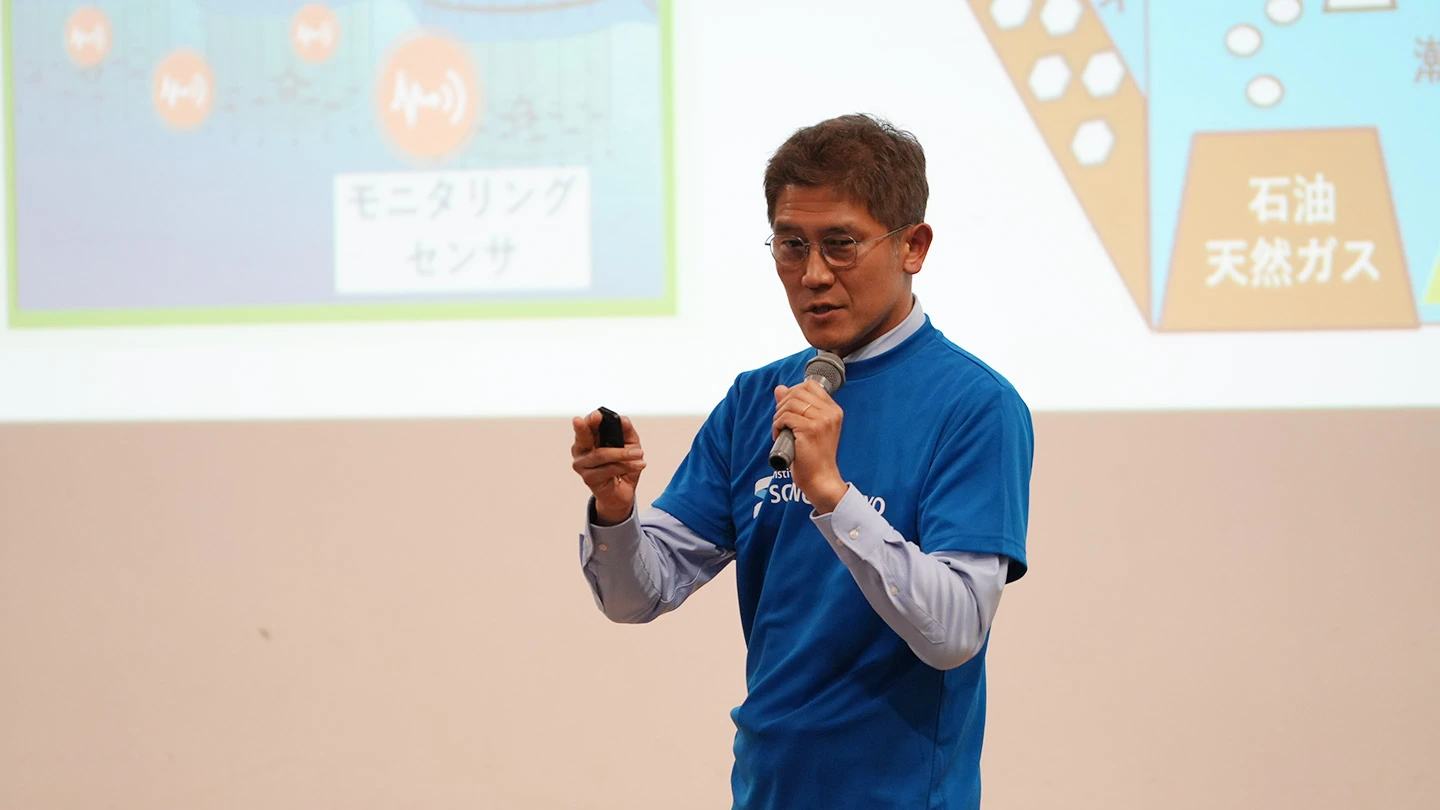
Visionary Initiative E1: GX Frontier — Realizing cutting-edge science and technology to make green transformation a reality
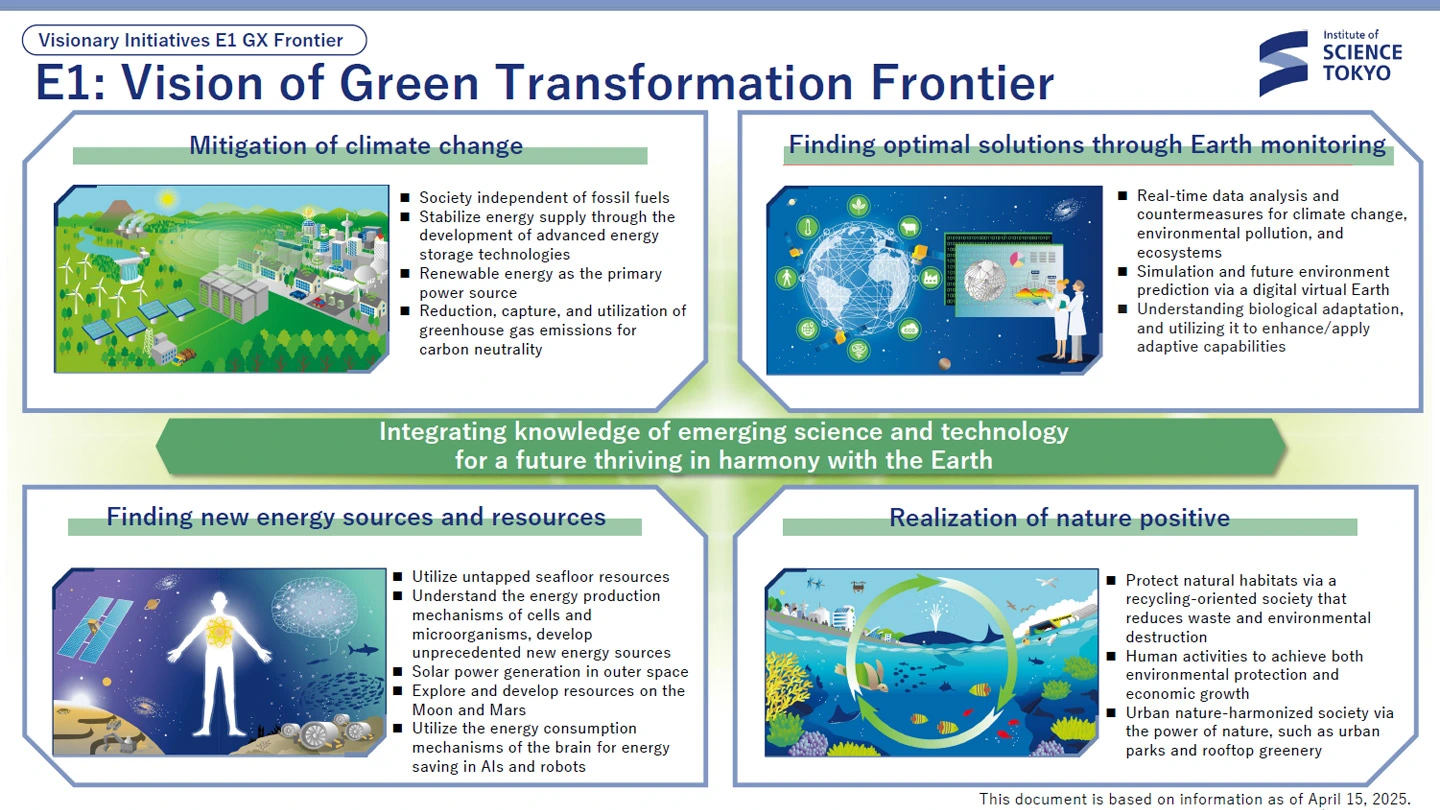
Professor Mika Goto from the School of Environment and Society introduced research addressing global-scale challenges, including rising average world temperatures, increasing extinction rates, growing energy consumption, and the surge in plastic waste. Through research in green energy technologies, air pollution assessment systems using satellite data, energy-efficient AI inspired by brain information processing, and integrated evaluations of biodiversity and social factors, she outlined a vision for a sustainable future where humanity thrives in harmony with the planet.
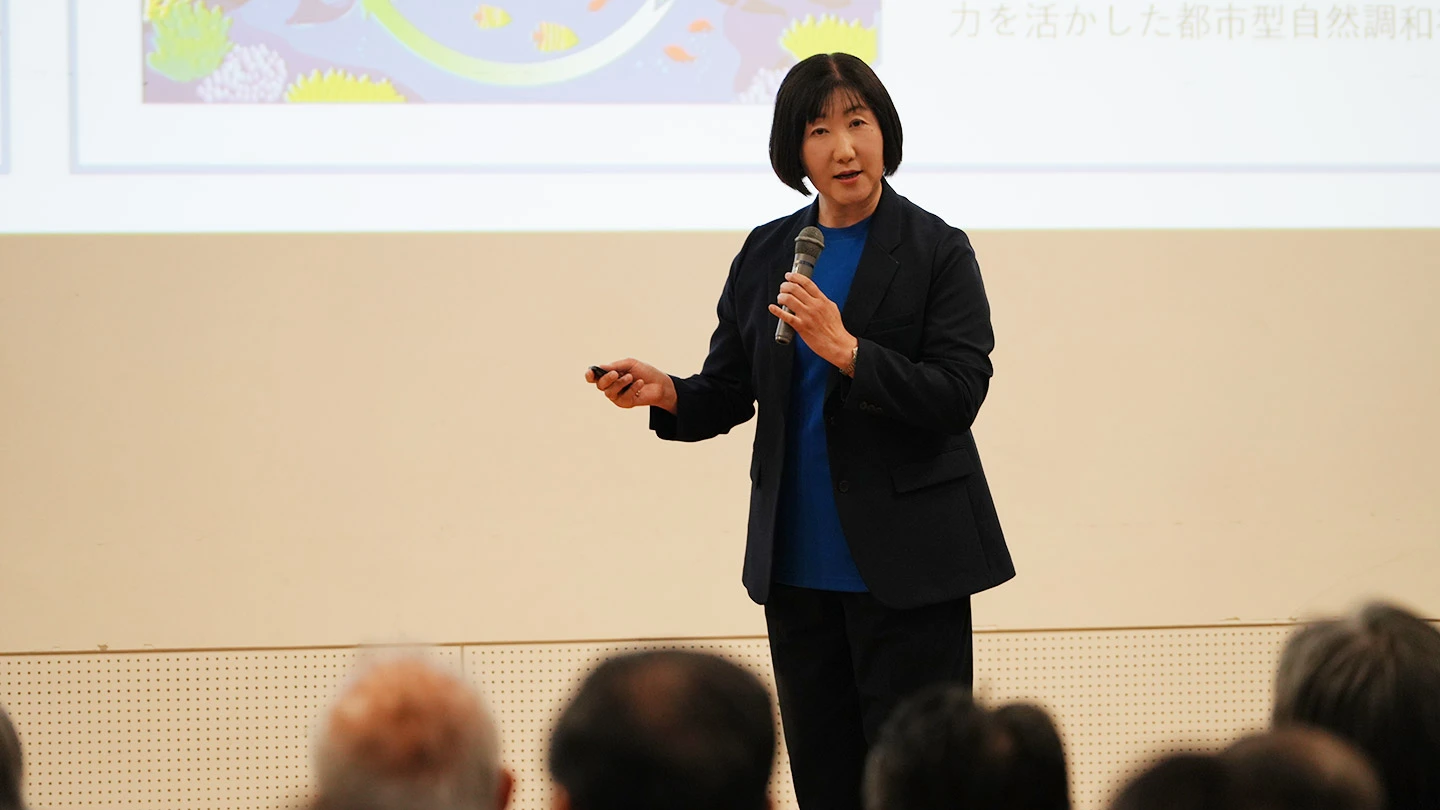
Students share their visions for the future
Students, as key contributors to the Visionary Initiatives (VIs), shared their research topics and their aspirations for the future they hope to create.
Sakura Kirino, a researcher in Gastroenterology at the Graduate School of Medical and Dental Sciences, expressed her vision for a future where, in the era of 100-year lifespans, everyone can enjoy delicious meals with a healthy digestive system. She also shared how the merger has helped her connect with many new colleagues along the way.
Takumi Ito, a researcher in robot control technology at the School of Engineering, expressed his enthusiasm for creating a society where new research fields emerge and continue to progress so that future generations can feel excited about their research.
Junki Yokota, a researcher in materials contributing to energy conservation at the School of Materials and Chemical Technology, expressed his hope for a future where environmental challenges are resolved, ensuring that extreme weather events and natural disasters caused by global warming no longer threaten people’s lives, and that a comfortable and safe world is realized. He also shared his aspiration to apply what he has learned at the Institute to contribute to society.
Yuji Tagaya, a researcher in fundamental gasoline engine studies at the School of Engineering, shared how knowledge in machine learning, which initially seemed unrelated to his research at the Academy of Energy and Informatics, and discussions with researchers from different disciplines and international backgrounds have enriched his work. From these experiences, he believes that by transcending disciplinary boundaries and engaging in open discussions, researchers can approach each research challenge from their own perspective, ultimately leading to addressing more societal challenges. He expressed his aspiration to become a researcher who embodies this approach and voiced his hope that universities would continue to provide spaces for such interdisciplinary learning. Through his own experiences, he underscored the importance of integrating diverse fields in research.
Looking ahead, Science Tokyo’s VIs will be closely linked with graduate education, and student participation is expected to accelerate research progress toward realizing the various visions put forth by the VIs.
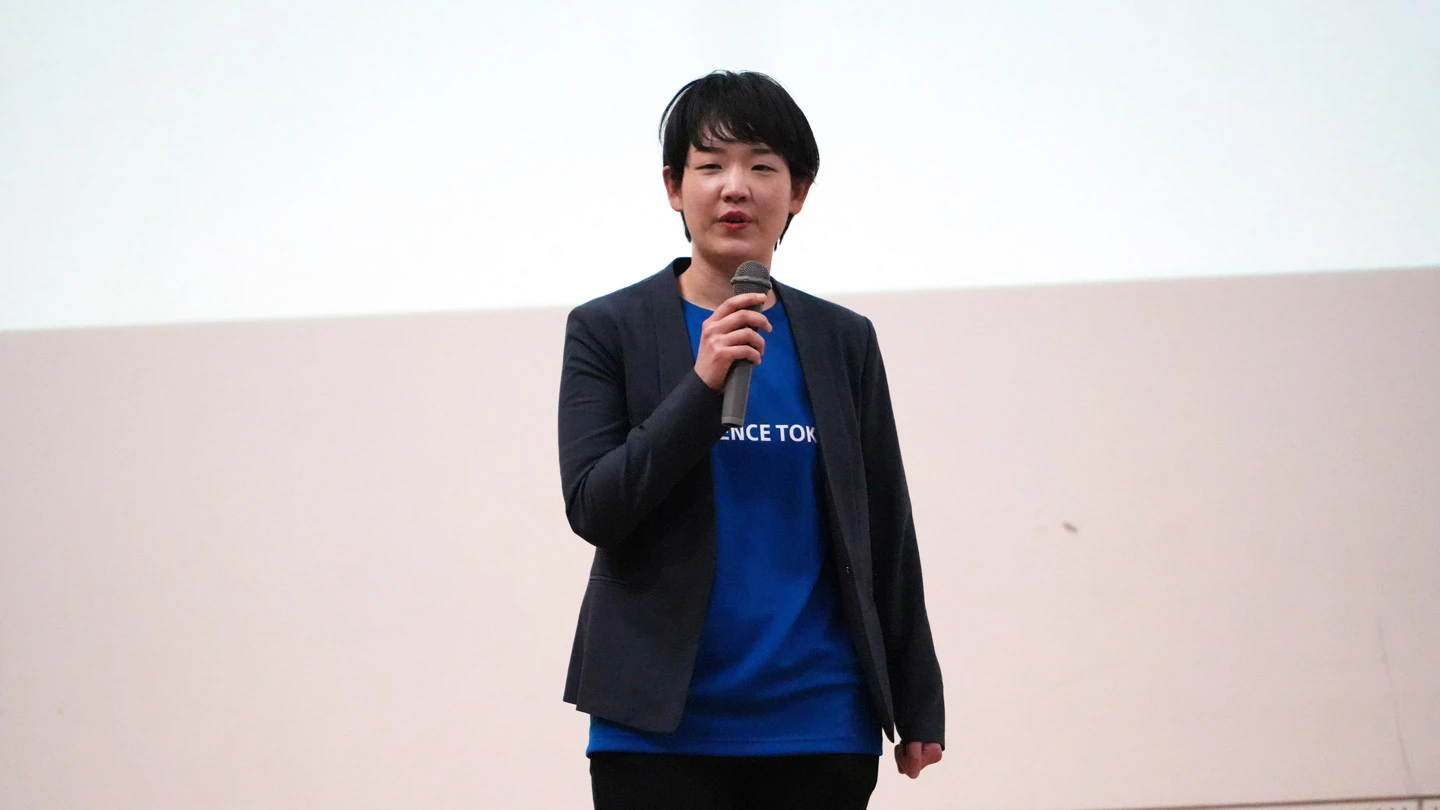
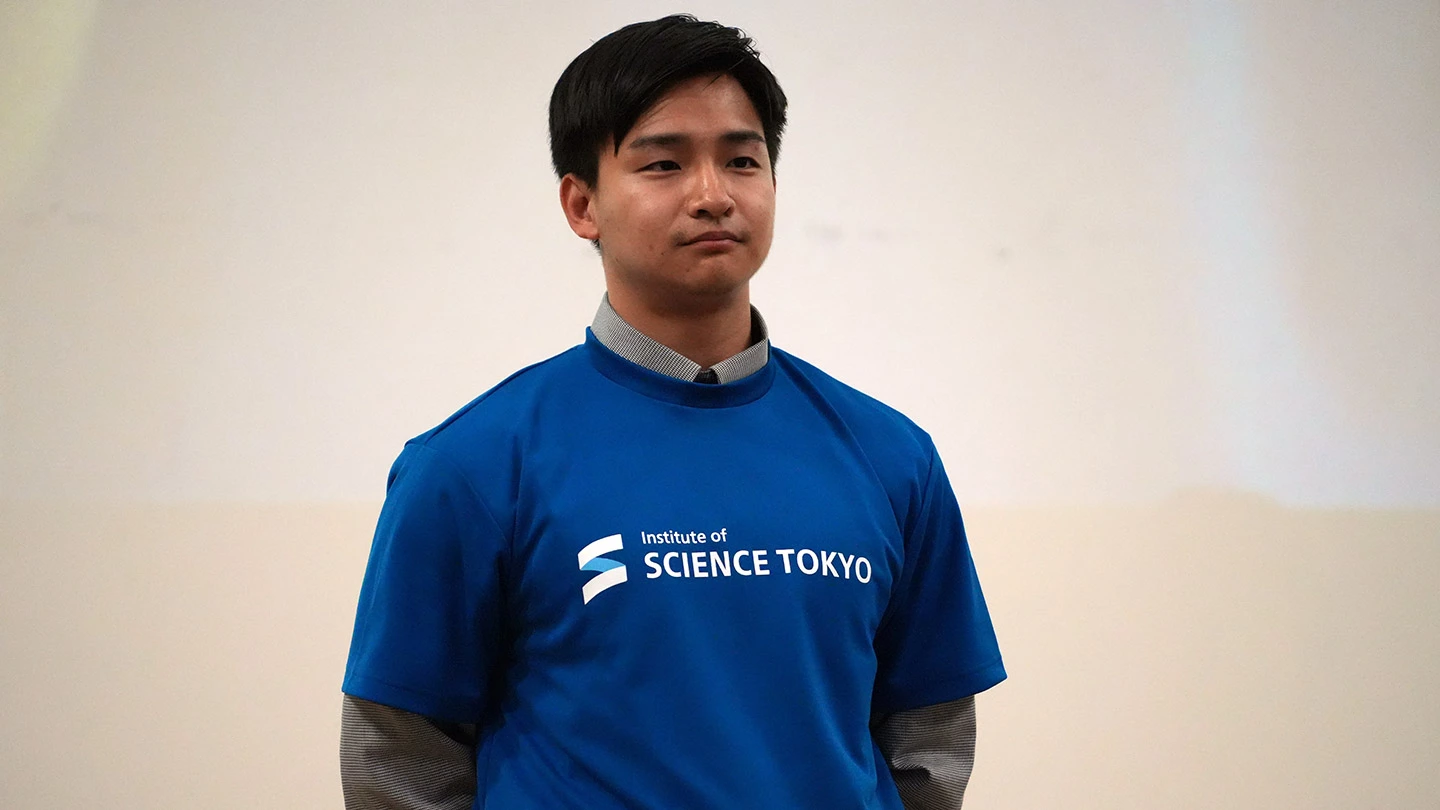
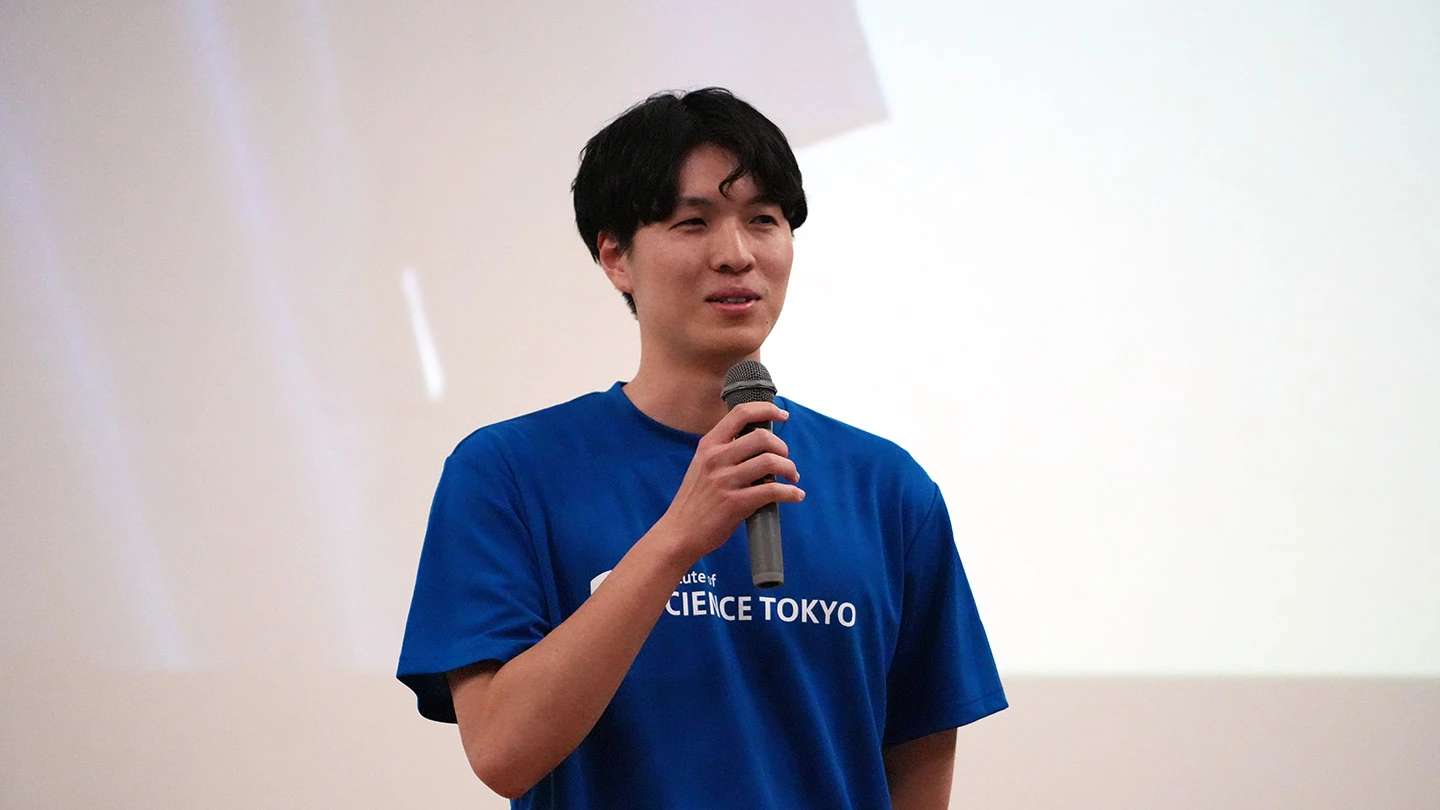
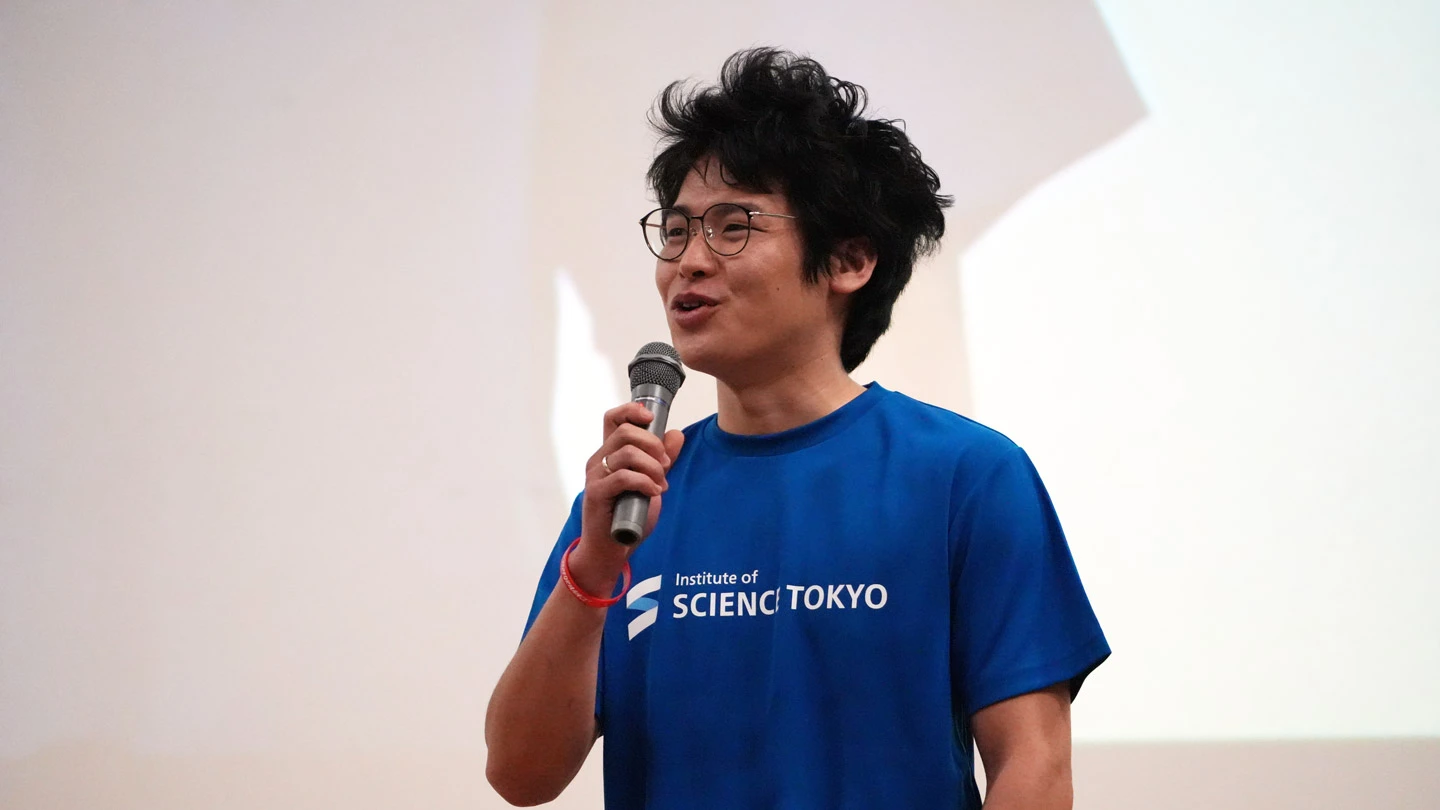
High hopes for innovation ecosystem builders
The latter half of Part 2 featured a lecture by Yumiko Murakami, who serves as the chairperson of the Science Tokyo Management Committee. Drawing from her experiences as a general partner in venture capital and her involvement with numerous startups, she emphasized that the more complex a societal challenge, the more crucial it is for people from diverse backgrounds to gather and engage in discussions to find solutions. Murakami also highlighted that the larger the societal challenge, the greater the economic opportunities that can emerge from tackling it. With this perspective, she expressed high hopes for Science Tokyo to serve as a platform for fostering an ecosystem of startups dedicated to successfully addressing these pressing societal challenges.
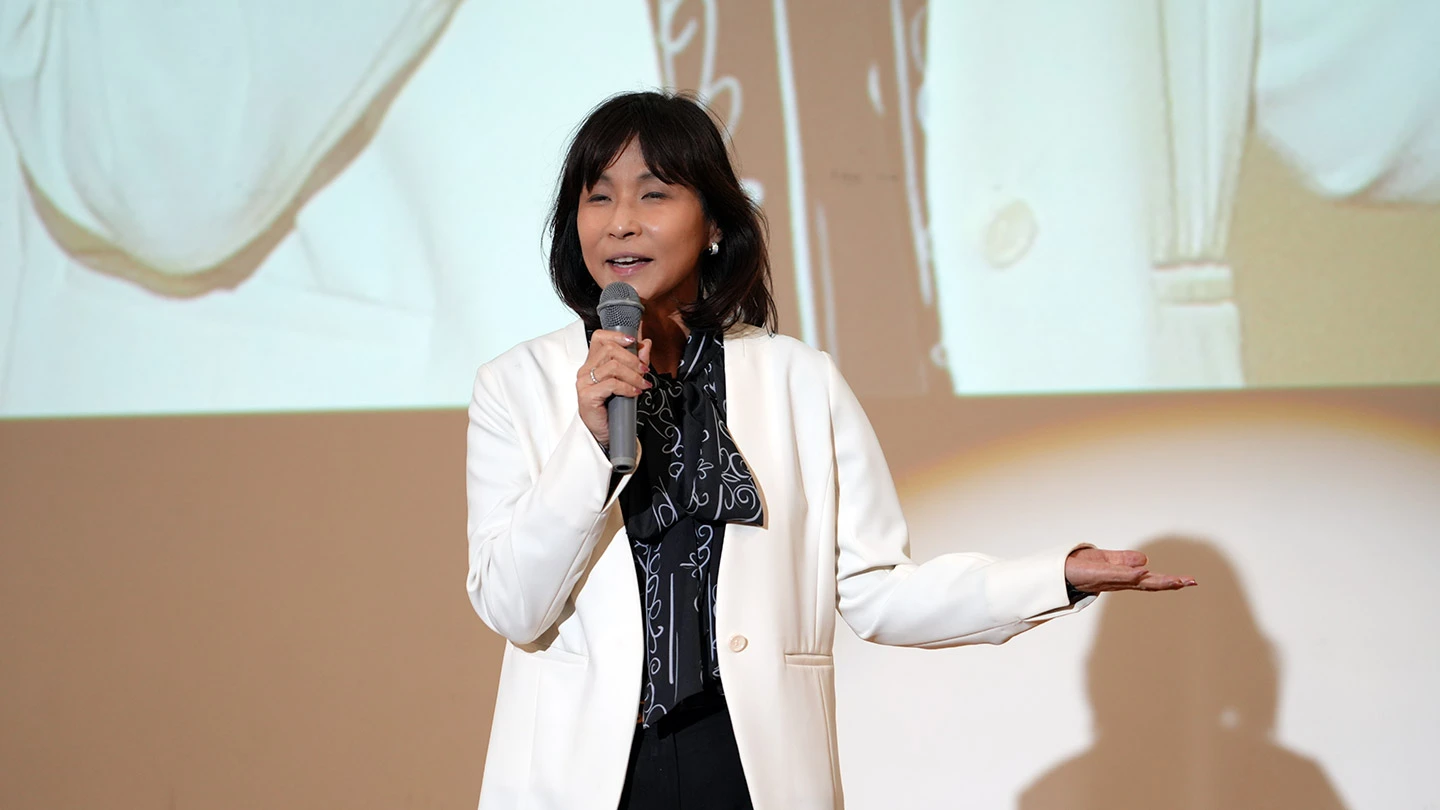
Summary and closing address
In his closing remarks, Ohtake emphasized the importance of a vision-driven research framework. He explained that by first defining a vision, then working backward to the present, and collaborating with multiple stakeholders to build an ecosystem, even the most difficult challenges can be overcome.
Finally, President and Chief Academic Officer (CAO) Tanaka delivered the closing address. Tanaka expressed his belief that not only faculty, staff, and students, but also everyone gathered at the symposium today are part of the same community, working together to shape the future of the Institute. He requested continued support, reinforcing Science Tokyo’s commitment to being an open institution that collaborates with broader society.
